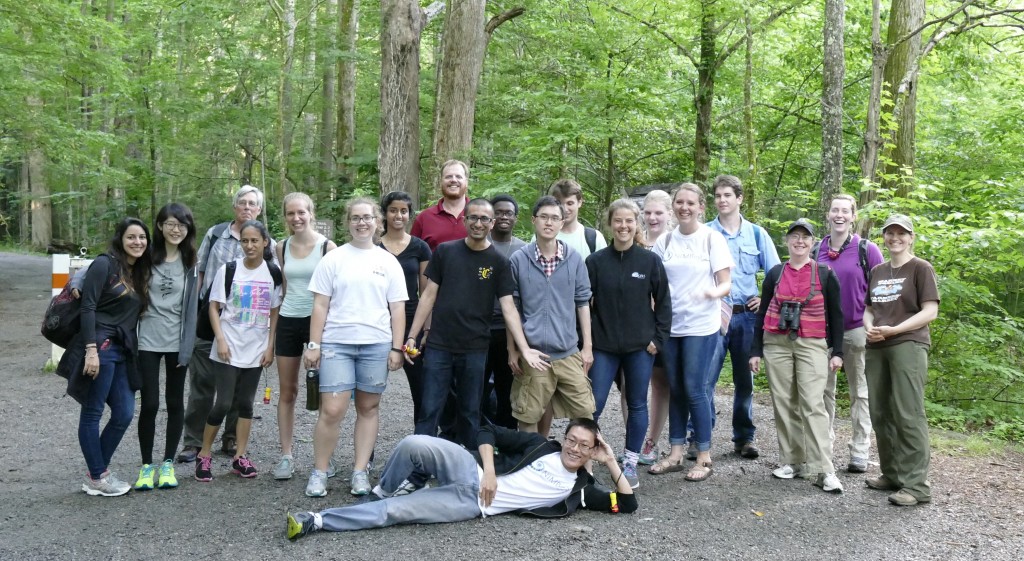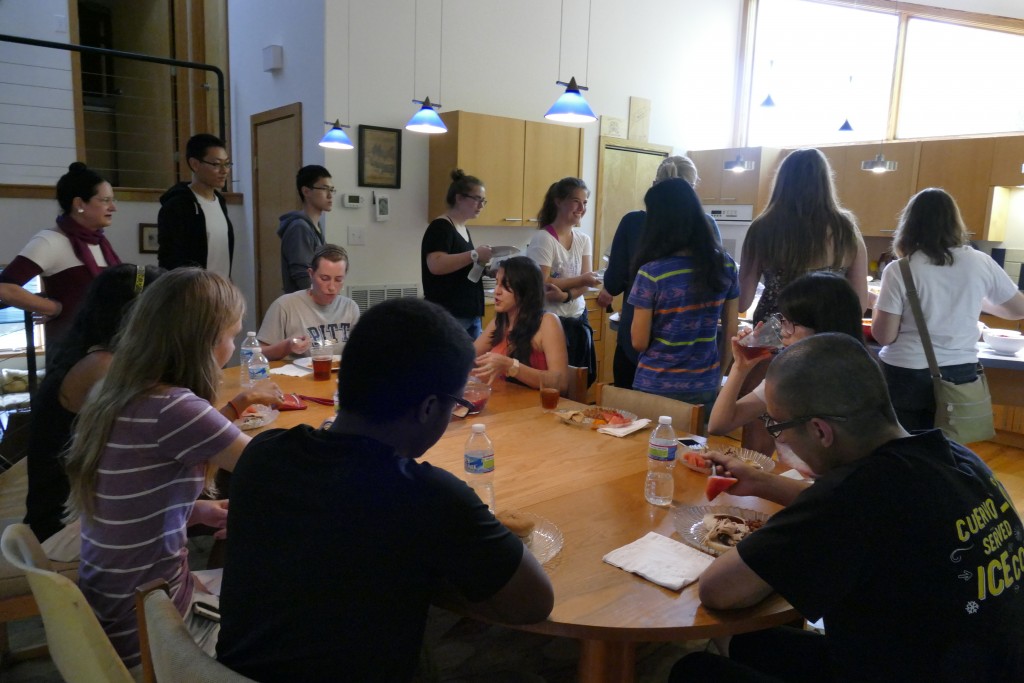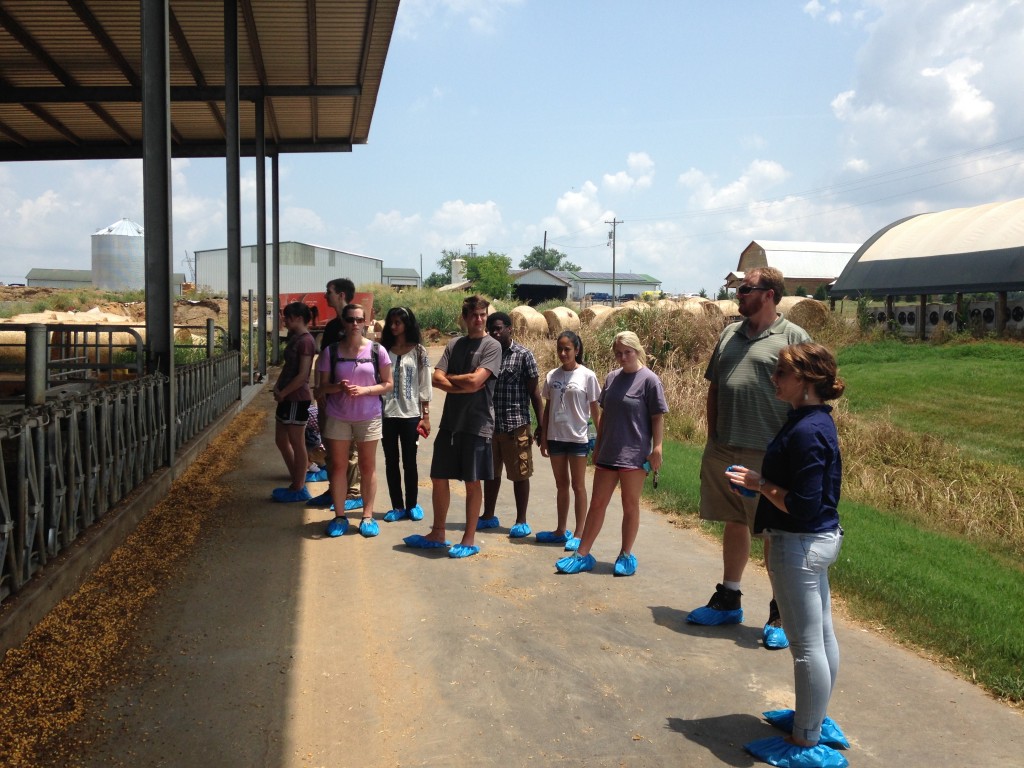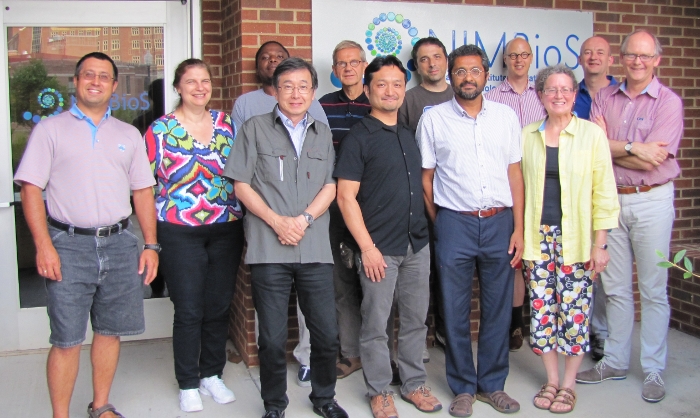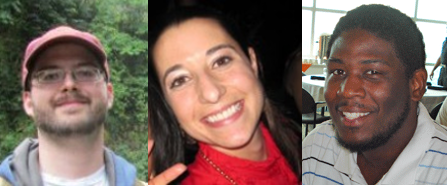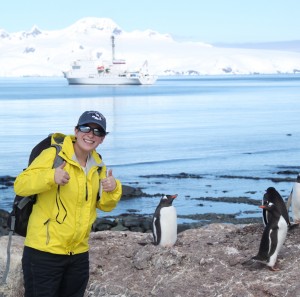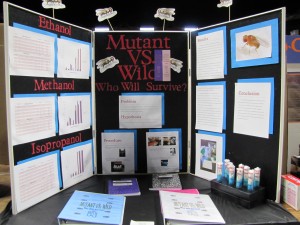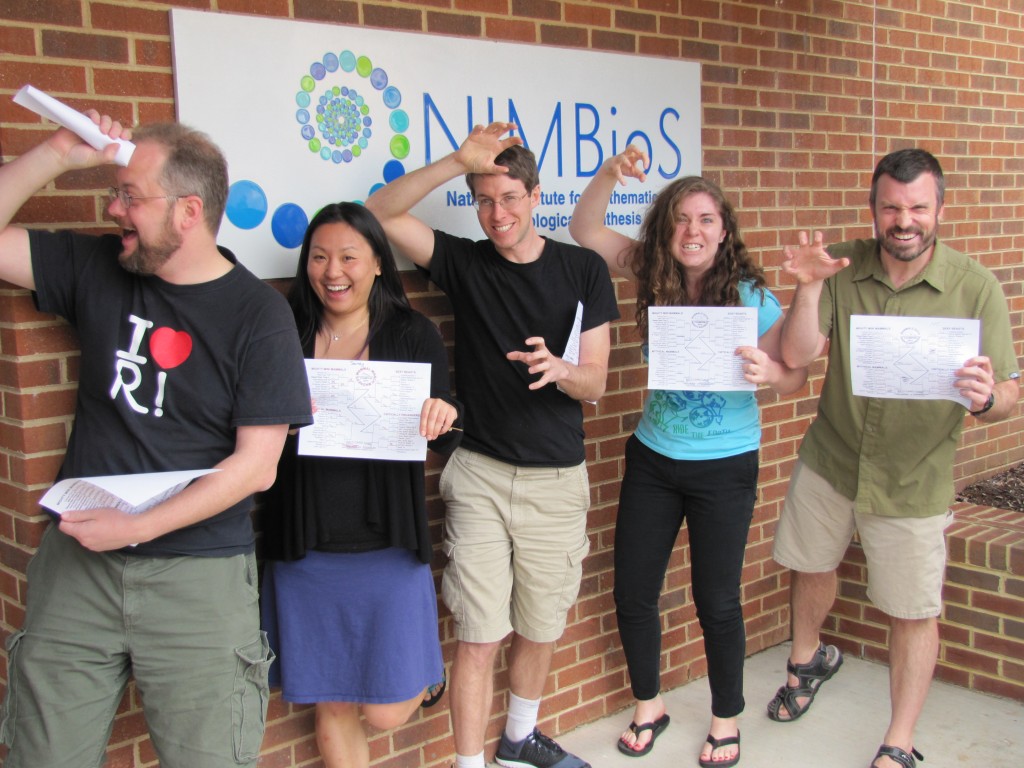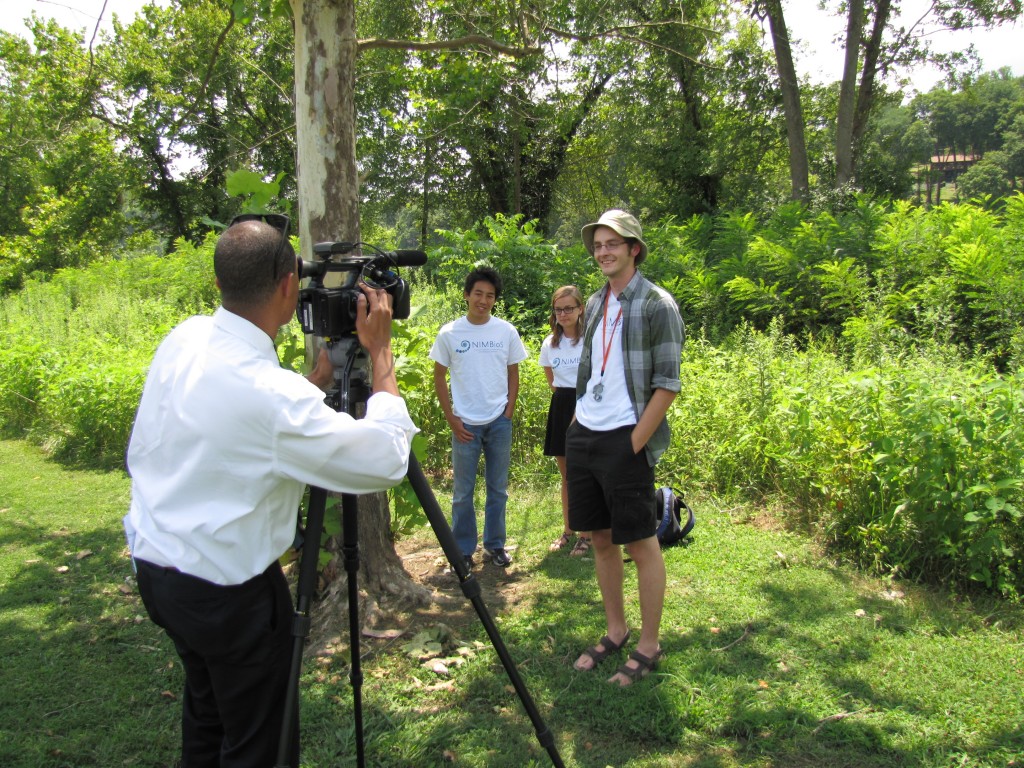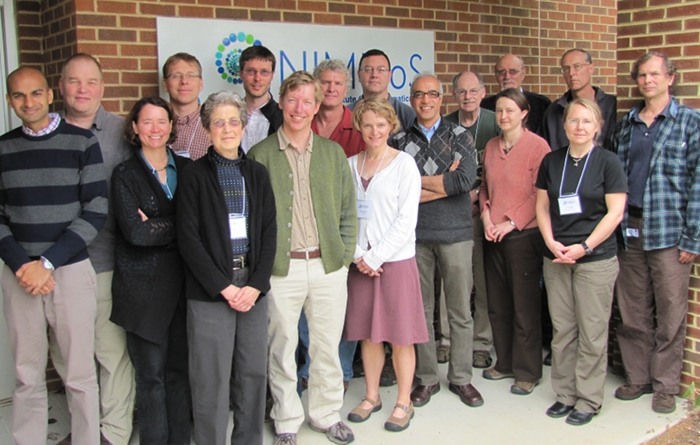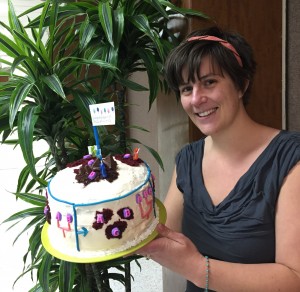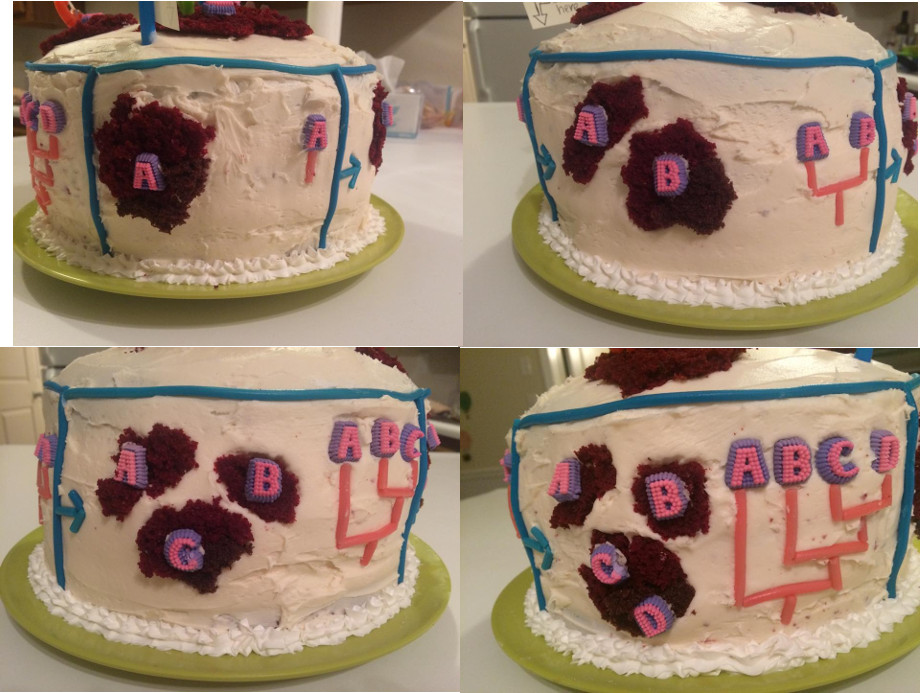The 2015 NIMBioS Summer Research Experpience (SRE) for undergraduates and teachers just wrapped up its third whirlwind week. Already participants have gone on the annual pilgrimage to see the synchronous fireflies in Great Smoky Mountains National Park, eaten yummy food at welcome parties and barbecues, and taken part in tutorials on programming, mathematical modeling in life sciences, 3D printing and more. All have gotten off to a great start on their research projects. The eight week program is sure to go by too fast!
Tags
3D printing applications awards board careers climate computing conferences diversity DNA DySoC ecology Education Education/Outreach Evolution Facilities game theory Girl Scouts graduates grants GRAs hikes Howard University leadership postdocs publications renovations research REU/REV science fair seminars songwriter speciation SRE STEM teachers undergraduates University of Texas-El Paso Veterinary Science video viruses visitors wildlife Working Group WorkshopCategories
- altruism
- awards
- Board
- books
- Call for Applications
- careers
- collaborations
- competitions
- Computing
- conference
- conferences
- data
- disease
- Diversity
- DySoC
- ecology
- Education/Outreach
- Elementary School
- evaluation
- evolution
- Facilities
- faculty
- game theory
- gender diversity
- graduates
- grants
- GRAs
- high school
- hikes
- innovate
- interdisciplinary
- invasives
- Investigative Workshops
- Leadership
- malaria
- Middle School
- MSIs
- performances
- postdocs
- publication
- rabies
- research
- REU/REV
- sabbaticals
- SAL
- seminars
- songwriter
- speciation
- SRE
- staff
- STEM
- TalkingScience
- Teachers
- tools
- Tutorial
- Uncategorized
- undergraduates
- video
- viruses
- visitors
- webinar
- Wildlife
- Working Groups
- Workshop
Archives
- August 2020
- May 2020
- March 2020
- January 2020
- November 2019
- September 2019
- August 2019
- July 2019
- May 2019
- April 2019
- March 2019
- February 2019
- January 2019
- December 2018
- November 2018
- October 2018
- September 2018
- August 2018
- May 2018
- April 2018
- March 2018
- February 2018
- November 2017
- October 2017
- September 2017
- August 2017
- July 2017
- June 2017
- April 2017
- March 2017
- February 2017
- November 2016
- October 2016
- September 2016
- August 2016
- July 2016
- June 2016
- May 2016
- April 2016
- March 2016
- February 2016
- January 2016
- December 2015
- November 2015
- October 2015
- August 2015
- July 2015
- June 2015
- May 2015
- April 2015
- March 2015
- February 2015
- January 2015
- November 2014
- October 2014
- September 2014
- August 2014
- July 2014
- June 2014
- May 2014
- April 2014
- March 2014
- February 2014
- January 2014
- December 2013
- November 2013
- October 2013
- September 2013
- August 2013
- July 2013
- June 2013
- May 2013
- April 2013
- March 2013
- February 2013
- January 2013
- December 2012
- November 2012
- October 2012
- September 2012
- August 2012
- July 2012
- June 2012
- May 2012
- April 2012
- March 2012
- February 2012
- January 2012
- December 2011
- November 2011
- October 2011
- September 2011
- August 2011
- July 2011
- June 2011
- May 2011
- April 2011
- March 2011
- February 2011
- January 2011
- December 2010
- November 2010
- October 2010
- September 2010
- August 2010
Blogroll

